The art of sewing is not just about attaching pieces of fabric with each other but creating beautiful structures for your garment while ensuring.
One of the essential ways to do this is boning.
If you are a newbie who does not know what it means? Boning is a narrow strip of material, typically made of plastic or metal, which is used to add vertical structure and prevent garments from losing their shape.
If you wanna make a better quality strapless dress, a quality corset, or a durable bra, knowing how to sew boning is a great skill to learn.
If you are interested? You’re in luck! In this comprehensive guide, we’ll walk you through every type of boning technique with the proper way to add it to your projects.
Let’s get started!
1. Different Types of Boning
Let’s start with going over the particular type of boning. It’s crucial to understand the different types of strengths and weaknesses, as each style has its unique characteristics and applications:
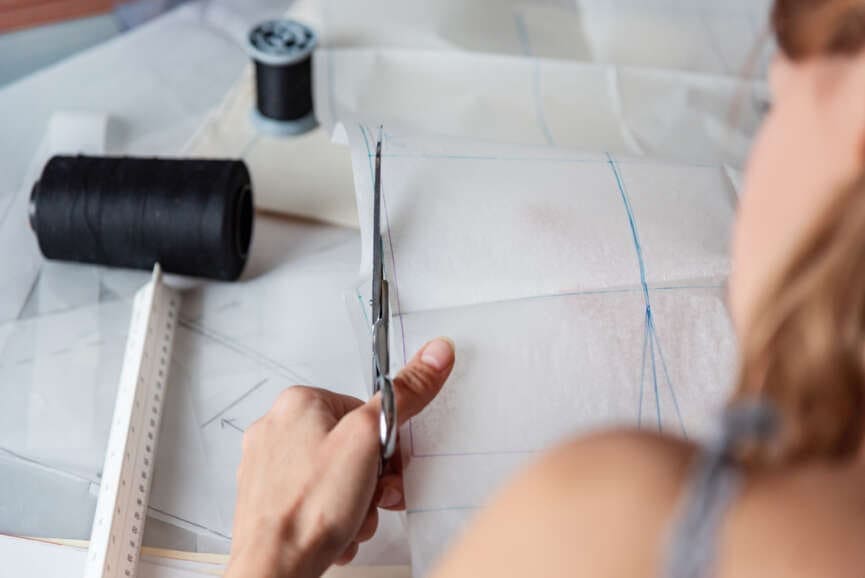
1.1 Rigelene/Sew-in Boning
Its most popular type, a Rigelene, is a lightweight plastic boning that doesn’t have a casing. It is Ideal for projects where flexibility is required in the finished garments.
1.2 Plastic Boning
Similar to the one above, however, this uses a heavier type of plastic. This plastic boning often comes with a casing. Its UPS is that it is easy to cut and sew and can be suitable for a variety of garments.
1.3 Flat Spring Steel Boning
The third type is called the flat spring steel boning. It is a very rigid steel type of boning. It is the most preferred way to create a solid vertical structure in the finished design. One good example can be a corset.
1.4 Steel Spiral Boning
The last one is the spiral boning type. It is a hybrid type which is both flexible and durable. The steel boning is made from coiled steel, which makes it great for projects that require bending around curves in the finished garment.
2. How to Sew Boning
Now, it goes over the basic instructions that you need to do this correctly in your garments. Here’s a step-by-step guide:
2.1 Select Your Boning Type
First of all, comes the choosing the type of boning that suits your garment best. For this, you can consider the finishing effect you need in your project.
For example, if you need lightweight support in the garment, then plastic boning is an excellent choice; otherwise, If you need rigid structure in your attire, then flat spring steel boning might be better.
You can either purchase boning casings online or create your own using bias or twill tape DIY style. These casings will help you house the boning and prevent it from poking through your fabric while you sew it in.
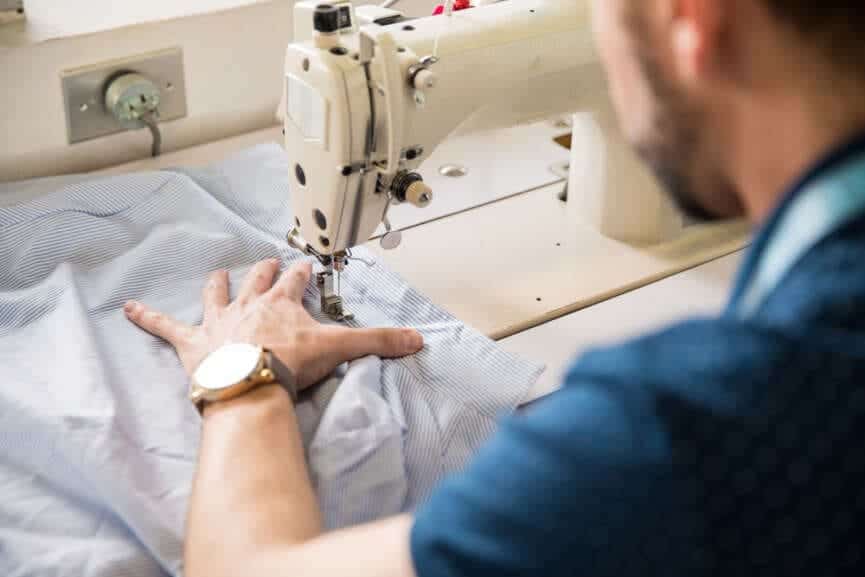
2.2 Insert the Boning
Now it is the time to start the hard work of inserting it correctly. First, measure the length needed for your boning. You wanna ensure it is at least 1 inch shorter than the casing.
If you’re using metal boning, though, ensure to round off the ends and file down any rough edges.
Now, carefully slide the boning into the casing and hold it for a while. One pro tip is to leave at least a 1-inch gap at the bottom to allow for sewing the band elastic. It will help you out in the future.
Finally, it’s time to add the finishing touches with some tips. If you are using plastic boning, your sewing machine can often stitch through it without issue.
Otherwise, if you just sew on band elastic or any other components near the boning, remember to stitch carefully to avoid hitting the metal boning
3. Creative Uses of Boning
Now, let’s go over some of the creativity so you can utilize the skills you use.
3.1 Necklines
Wide necklines can sometimes lose their intended shape and structure in the garment, ultimately causing the fabric to drape in unintended ways. Still, by adding boning strategically, you can maintain a clean and structured look in your project.
This is also effective for boat necks, off-the-shoulder tops, or square neckline garments.
Now, to do this properly, you want to insert boning into the casing or just create a boning channel along the edge of the neckline. The boning will gently support the neckline and ensure that your neckline stays as intended throughout the day.
3.2 Pencil Skirts
If you are into sewing pencil skirts, then you know tight-fitting dresses can sometimes ride up as you move. Which can lead to discomfort and wrinkles in the garment.
By adequately adding a boning along the hips, you get a supportive frame that you can be confident about and move without worrying about constantly adjusting your skirt all day…
To do this properly, just create boning channels along the hip area of the skirt, then insert a flexible boning. The most suited for this is plastic boning or spiral steel boning.

3.3 High Waistbands
The waistband sometimes wrinkles or rolls down during wear in high-waisted pants, shorts, or skirts. To address this, you can incorporate boning into high waistbands in the garment.
For this, you wanna strategically insert it along the upper edge of the waistband. This will provide gentle support and structure to your garment.
Also, this will prevent the waistband from folding over or rolling down, allowing one to maintain a confident look throughout the day.
3.4 Support for Bustlines
The fourth type is the Bust support. As you know bust support is crucial in many types of clothing, including swimsuits, tank tops, dresses and many others.
This horizontal boning can be a game-changer for adding extra support and preventing fullness from migrating into the armpits. It’s particularly helpful for those who need additional support without the underwire.
To properly get this horizontal boning done in your project. First, create channels or casings across the bust area and then start inserting the boning strips. This will ultimately gently lifts and separate the bust from the base, ensuring a proper flattering and comfortable fit.
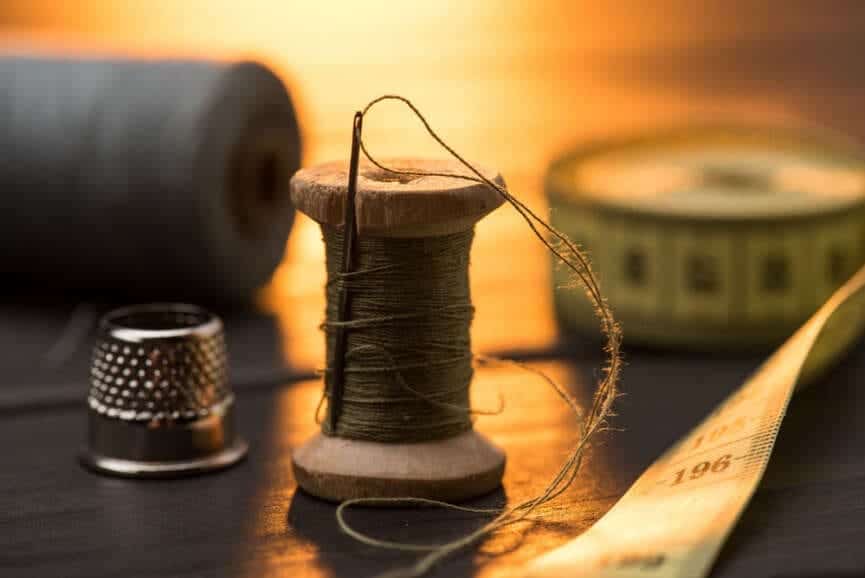
Conclusion
Learning to creatively incorporate seam allowance, boning tape, and pre-cut lengths of rigilene boning goes beyond traditional techniques.
By understanding the importance of seam allowances and how to cut boning while using metal tips, you can add structure and style to your garments.
Whether you’re working on the center front, side seams, or anywhere else, these skills allow you to ensure that your fine fabrics drape beautifully.
On top of that you can easily secure boning ends. If you are feel less inspiration or not finding the materiel you need don’t forget to explore local fabric stores.
Hopefully, you can get the know how to add boning with ease our techniques.
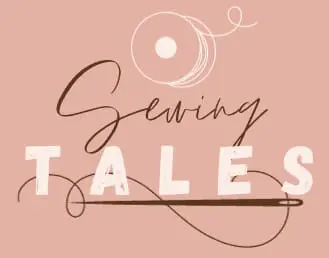


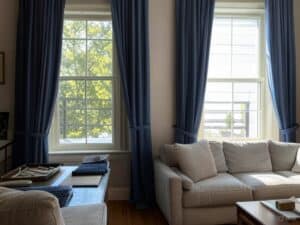




2 Comments
Invaluable insights! Your guide on sewing boning is a treasure trove for anyone venturing into garment construction. The step-by-step breakdown and practical tips create a seamless learning experience.
I found this article on sewing boning truly insightful. As someone new to the world of sewing, I appreciated the clear explanation of what boning is and its crucial role in creating structured garments. The comprehensive guide provided a step-by-step approach to various boning techniques, making it an excellent resource for anyone looking to enhance their sewing skills and create high-quality garments.